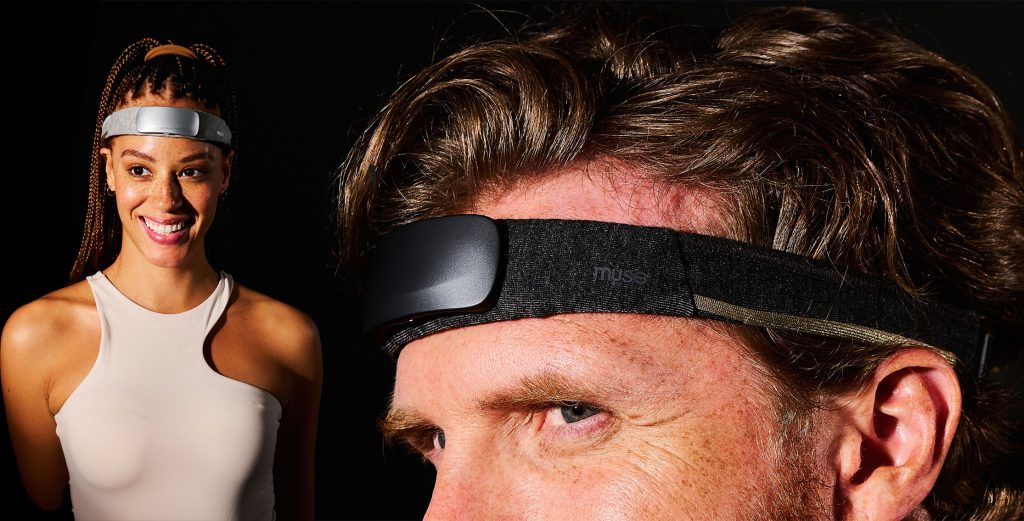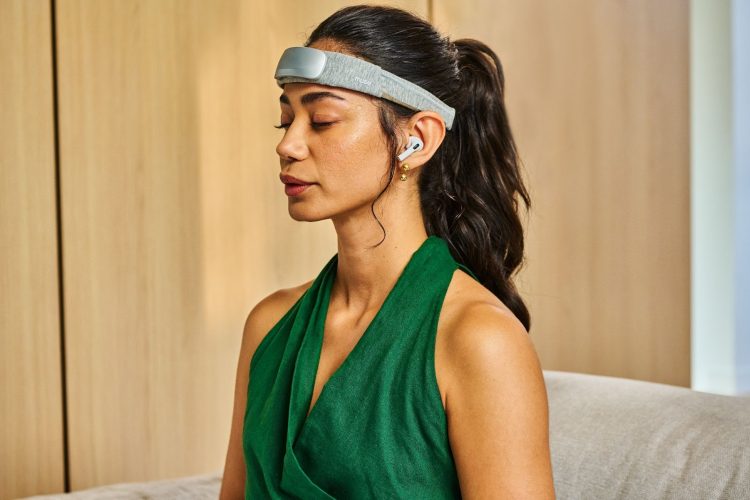Introduction to Brainwave Devices in Meditation
In recent years, the intersection of neuroscience and meditation has given rise to innovative technologies designed to enhance the meditative experience. Brainwave devices, particularly EEG (electroencephalography) headbands, have gained popularity for their ability to monitor and influence brain activity in real time. These devices track electrical signals in the brain, providing users with feedback that helps them optimize focus, relaxation, and emotional regulation during meditation. By bridging ancient practices with cutting-edge technology, brainwave devices offer an accessible way to deepen mindfulness, reduce stress, and cultivate cognitive clarity.
Understanding EEG Technology and Brainwaves
EEG technology measures the electrical impulses generated by neurons firing in the brain. These impulses are categorized into different frequency bands known as brainwaves, each associated with specific mental states. The primary brainwave types include delta (deep sleep), theta (light sleep, deep relaxation), alpha (calm wakefulness), beta (active thinking), and gamma (high-level cognitive processing). Meditation typically aims to increase alpha and theta waves, reflecting relaxed alertness and deep calm. Brainwave devices detect these patterns and translate them into data that users can interpret, often through connected smartphone apps. This feedback loop helps meditators become more aware of their mental state and encourages gradual improvement in achieving desirable brainwave patterns.
Types of Brainwave Devices for Meditation
Several brainwave devices are designed specifically to support meditation and mindfulness practices. Popular examples include Muse, Emotiv, and NeuroSky. Muse is an EEG headband that provides real-time audio feedback, such as soothing sounds or guided cues, to help users stay focused and calm. Emotiv offers more advanced neurofeedback tools that track cognitive and emotional states, suitable for both beginners and professionals. NeuroSky produces affordable, consumer-friendly devices that measure brainwave activity to guide relaxation and concentration exercises. These tools vary in terms of complexity, data granularity, and price, allowing users to select options that fit their needs and experience levels.

How Neurofeedback Enhances Meditation
Neurofeedback is a technique where users receive continuous information about their brain activity, enabling them to self-regulate their mental state. In meditation, this feedback assists in recognizing when the mind wanders or becomes tense, and encourages re-centering on breath or focus points. For example, when a user’s alpha waves rise, indicating a calm state, the device may play peaceful sounds; if beta waves spike, signaling distraction, the sound may change or pause, nudging the user back into calmness. Over time, this process helps train the brain to enter meditative states more quickly and sustain them longer, effectively improving concentration, emotional balance, and stress resilience. This form of biofeedback personalizes meditation in a way that traditional guided techniques cannot.
Comparing User Experiences Across Brainwave Tools
User experiences with brainwave meditation devices vary widely depending on the individual’s goals, familiarity with meditation, and the specific device used. Many beginners report that these tools provide structure and motivation, making meditation less intimidating and more engaging. The immediate feedback helps them understand internal states that were previously vague or inaccessible. Experienced meditators often use brainwave devices to refine their practice, track progress, and explore deeper states of consciousness. However, some users find the technology distracting or overly technical, preferring silent meditation or human-guided sessions. The user interface, comfort of the device, and quality of app design also significantly influence satisfaction. Reviews frequently highlight Muse for its user-friendly design and relaxing feedback, while Emotiv appeals to those seeking detailed brain data and advanced analytics.
Scientific Evidence Supporting Brainwave Meditation Devices
Research into the efficacy of brainwave devices for meditation and mental health is still emerging but promising. Studies have demonstrated that neurofeedback training can reduce anxiety, improve attention, and enhance emotional regulation. Specific trials with Muse users revealed increased alpha wave activity and lowered cortisol levels after consistent use, suggesting reduced stress. Furthermore, brainwave feedback is shown to accelerate the learning curve for meditation novices, shortening the time needed to achieve meaningful mindfulness states. While more extensive, controlled studies are needed, current evidence supports the utility of these devices as adjunct tools for improving mental well-being through brainwave modulation.
Potential Limitations and Ethical Considerations
Despite their benefits, brainwave devices also come with limitations. The accuracy of consumer-grade EEG sensors is less than that of clinical equipment, potentially leading to misleading feedback. Some users may develop dependence on devices for meditation success, undermining intrinsic self-awareness. Additionally, privacy concerns arise regarding sensitive brain data storage and potential misuse. Ethical guidelines for neurotechnology use in wellness contexts are still developing, emphasizing the need for transparency and informed consent. Users are advised to balance device-assisted meditation with traditional methods and seek professional advice when using neurofeedback for clinical purposes.
Integrating Brainwave Devices into Daily Meditation Practice
For those interested in incorporating brainwave devices into their routine, a gradual approach is recommended. Starting with short daily sessions helps build comfort with the technology and meditation itself. Combining device use with traditional mindfulness techniques—such as breath awareness, body scans, or loving-kindness meditation—maximizes benefits. Tracking progress over weeks or months can reveal patterns and motivate continued practice. Many apps linked to these devices include personalized programs and community support, enhancing engagement. It is essential to maintain realistic expectations: brainwave devices are tools, not cures, and meditation is a lifelong journey requiring patience and adaptability.
Future Directions for Brainwave Technologies in Meditation
The future of brainwave devices in meditation looks bright, driven by advancements in wearable tech, artificial intelligence, and neurofeedback algorithms. Emerging devices promise greater accuracy, more immersive biofeedback modalities such as virtual or augmented reality, and integration with other biometric data like heart rate variability. AI-driven coaching may tailor meditation guidance dynamically to individual brain states, offering hyper-personalized experiences. As research deepens, brainwave technologies might expand beyond stress reduction into enhancing creativity, emotional intelligence, and even therapeutic interventions for mental illnesses. However, the balance between technology and the human, experiential essence of meditation will remain a critical consideration.
Conclusion: Bridging Neuroscience and Meditation Through Brainwave Devices
Brainwave devices represent a compelling fusion of ancient mindfulness practices and modern neuroscience, democratizing access to meditative states through objective feedback and personalized training. By providing real-time insight into brain activity, these tools empower users to cultivate focus, relaxation, and emotional resilience more efficiently. While not without challenges, their continued evolution and adoption signal a new era of brain-based meditation enhancement that complements rather than replaces traditional wisdom. Whether a beginner seeking structure or an advanced practitioner refining skills, brainwave devices offer an innovative path toward deeper mind-body harmony in our fast-paced, stress-laden world.










































